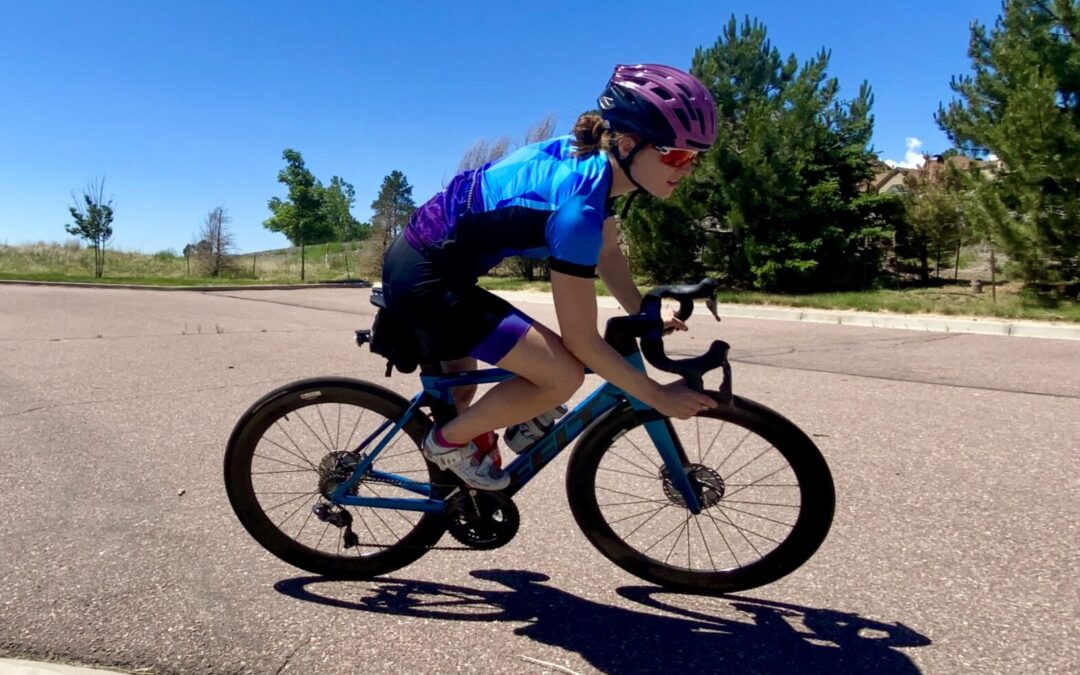Cycling Cadence and its Effect on Performance
I often hear athletes talking about cycling power and cadence and throwing around terms that they don’t fully understand. Power is a relatively simple understand as it is independent of most external variables like heat, wind, heart rate etc which allows it to be use to gauge performance improvements very well and also to compare athletes to athletes in relatively even terms.
What tends to be more important than wattage is the way in which we generate wattage. It is possible and very likely for two very different athletes travel at the same speed but with completely different cadence rates. It is this fact that has caused the most discussion for triathletes over the past few decade, is lower cadence or higher cadence better and what effect does each have on triathletes cycle times and ability to run off the bike?
The original school of thought was that low cadence was best as it was believed to be more efficient and at first glance this seems plausible in that for similar wattage outputs we do put out lower heart rates at lower cadences. This is partially why when testing is done on older people in hospitals they keep the cadence between 50-60rpm. However heart rate is only a small factor in the overall performance picture. If we think about cadence like a sliding scale then at the lower cadence we rely more on strength while at the higher end we rely more on our cardiovascular system. So let’s look at these from different ends of the spectrum and from this form some logical principles to move forward with.
Low Cadence – High Strength Component – Lower Cardiovascular Component
- For new cyclist it tends to be more efficient at producing power through a wider range of motion. As it allows us to apply more consistent power to the peddles.
- Requires a higher strength component
High Cadence – Lower Strength Component – Higher Cardiovascular Component
- While initially being less efficient over time and years of training we can become equally efficient at higher cadences as our biomechanics and neuromuscular firing improve.
- Required less strength but places a higher load on the cardiovascular system.
- Allows for lighter athletes to compete with stronger athletes relative to pure wattage outputs.
So what does all of this mean for Triathletes and what implications does it have for our training and racing? Well that depends on how you’re built and how you naturally produce power or wattage on the bike. While it is easy to make recommendations there will always be exceptions to the rule, with that said keep these things in mind when you are thinking about how best to produce power and get better at not just biking but also biking as it relates to Triathlon.

If you go with lower cadence rates on the bike you may be able to produce more power but this will have negative effects as the race goes on. Lower cadence rates lead to greater levels of muscular fatigue so the longer you have to ride with low cadences the more of a negative effect this will have on your ability to run off the bike. The same muscles that you use on the bike you also use on the run and once they are fatigued it is very difficult to recover and run well.
As stated if you are pushing bigger gears then you will require more strength. Strength is relative to cross sectional area and muscle so through training you will inevitably have to gain muscle mass. Muscle mass creates both weight and heat. Both of these factors will cause you to need to slow down in a race as the body fights to maintain homeostasis.
When it come to the most efficient cadence ranges to produce power on race day most of the athletes I work with at and elite and age group level find between 90-95 ideal for non draft races and 95-110 in draft legal events. While we do not start out efficient at these cadence ranges it is possible to adjust the ranges at which you are efficient over time. A general rule of thumb is about 5 rpm increase per year is about what I believe can be achieved in cadence efficiency i.e. If you start out at 80rpm being the range you feel you can produce the most power at to 90rpm within about two years. This will mean that on race day you will be able to produce the same or more power while needing to carry less muscle mass to do it. This will not only lead to lower levels of muscular fatigue on the bike but also to better run times off it.
So how to you change this in training? The simple answer is to increase the cadence rate of non essential sessions or in the recovery periods of key workouts. i.e. If you have 5 x 10min on your program at race pace effort with 5min recovery spin between sets. Then stick to the cadence range you feel most efficient at during the main sets but increase the cadence to 100rpm during the recovery periods.
Now I’m not saying if you are a 70rpm rider and that is the cadence you produce your most power at that you should rush out and change it. However I’m am suggesting there are some great benefits to be had to beginning to change in that direction over time. Don’t expect it to happen overnight but if you truly what to get the most out of your cycling and reach your full potential start today and work towards a more efficient & powerful you.
Article by – EP Coaching Team

